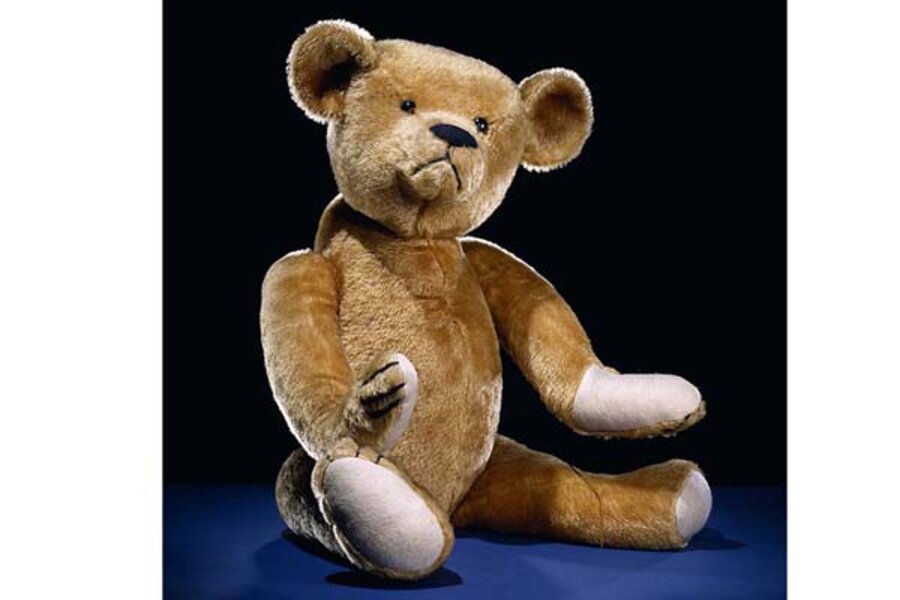The story is legend: Theodore “Teddy” Roosevelt went on a Mississippi hunting trip, where he refused to shoot a black bear that had been caught and tied up for
him. The incident was satirized in a political cartoon by Clifford K. Berryman, but in subsequent printings the bear was made smaller and cuter.
The cartoon inspired candy seller and aspiring toymaker Morris Mitchum, a Russian Jewish immigrant, to create a small stuffed bear and put it in his shop window, calling it “Teddy’s bear.” Sales were so brisk that Mr. Mitchum was able to found the Ideal Novelty and Toy Co., which went on the manufacture such hits as the Magic 8 Ball and the Rubik’s cube.
By 1906, Teddy bears were a full-on craze, and not just for children: High society women carried them as accessories, and Roosevelt used one as the mascot for his 1906 reelection campaign. Teddy bears even inspired music, like composer J.K. Bratton’s “The Teddy Bear Two-Step” for piano. Lyrics were added and the song became “The Teddy Bears’ Picnic.”
Teddy bears remain popular today, but they have undergone a few cosmetic changes over the past century or so. Early teddy bears had more bearlike features,
like elongated snouts and beady eyes. Today’s bears are more likely to be pudgier and more human-like than their predecessors, with larger eyes and shortened snouts.





